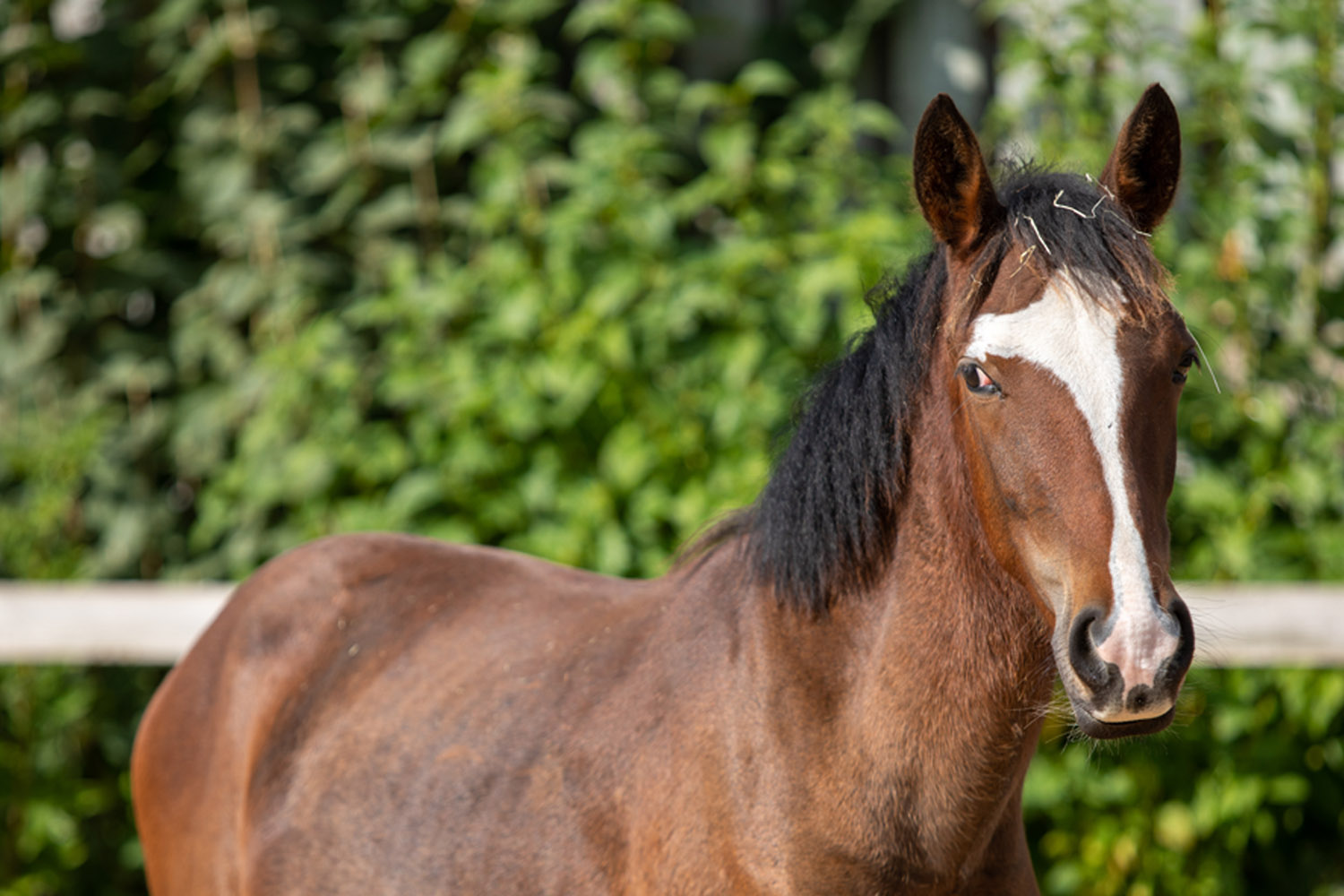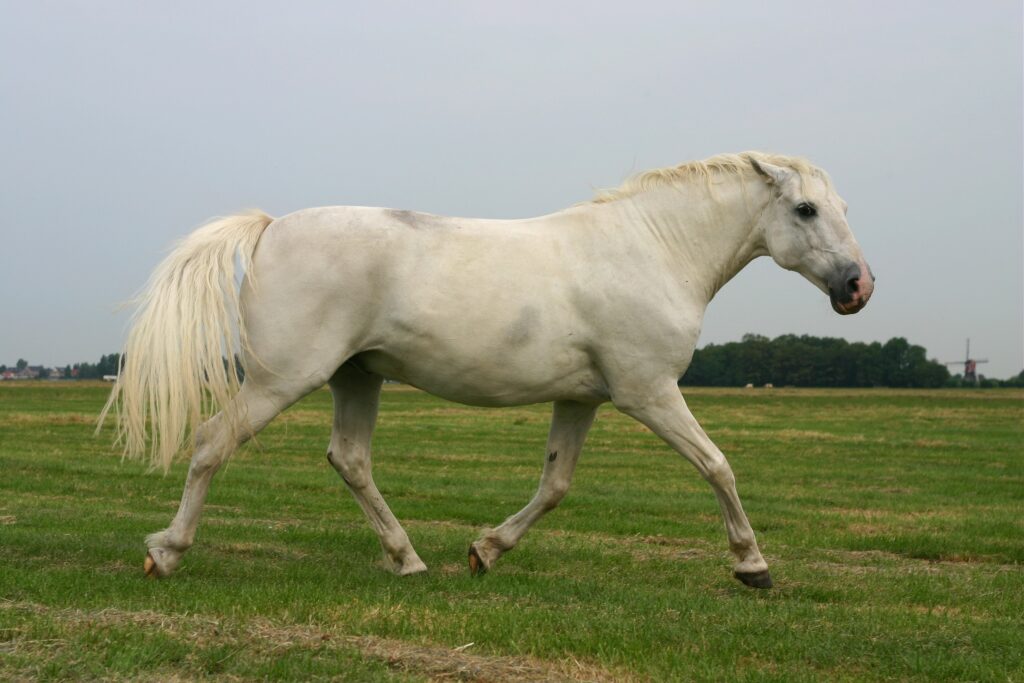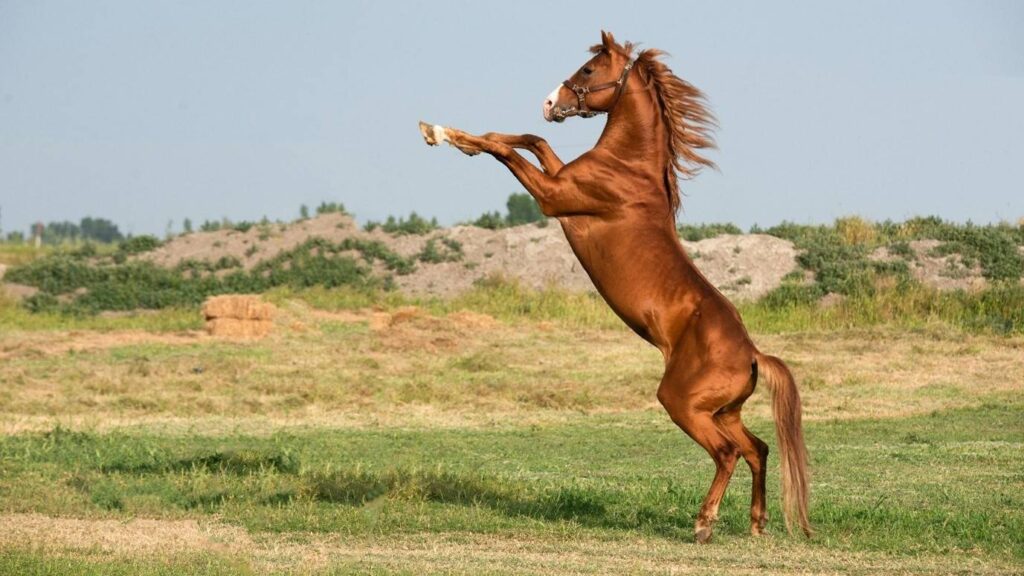Understanding how often to trim horse hooves is critical for maintaining a horse’s overall health and comfort. Proper hoof care ensures that your horse is comfortable and can perform well, be it in daily rides or during competitive events. Ensuring that the hooves are trimmed properly prevents injuries and enhances the horse’s balance and gait.
Horse owners often wonder how frequently they should schedule hoof trimming. Let’s explore this essential aspect of equine care.

Why Hoof Trimming Matters
The health and functionality of a horse’s hooves are paramount. Badly managed hooves can lead to discomfort and, in severe cases, lameness. Regular trimming helps maintain the correct shape of the hooves, which is essential for balance and weight distribution.
The Anatomy of a Horse Hoof
Before diving into hoof trimming schedules, it’s important to understand the parts of a hoof. Each hoof comprises the wall, sole, frog, and heel. These components work together to support the horse’s weight and allow for smooth movement.
Factors Influencing Trimming Frequency
Several factors affect how often horse hooves should be trimmed:
1. Age of the Horse
Younger horses may require more frequent trims as they are growing rapidly, and their hooves change shape and size.
2. Environment
The ground on which a horse regularly walks influences hoof growth and wear. Softer terrains may lead to quicker growth compared to harder surfaces that naturally wear down hooves.
3. Diet and Health
A horse’s diet significantly impacts hoof growth. A balanced diet rich in nutrients is vital for healthy hoof growth.
Recommended Hoof Trimming Frequency
While individual needs may vary, a general guideline is to trim horse hooves every 4 to 6 weeks. This timeframe accommodates the average growth rate of hooves, which is approximately 1/4 to 3/8 of an inch per month.
Signs Your Horse Needs a Trim
Watch for flaring or cracking in the hooves, uneven wear, or changes in gait. These signs could indicate that its time for a trimming session.
Finding the Right Professional
Choosing a qualified farrier is essential for effective hoof care. Ensure your farrier has experience and a good reputation within the equestrian community.
Questions to Ask a Potential Farrier
Inquire about their experience, methods, and any certifications they may hold before making your decision.
DIY vs. Professional Trimming
While some experienced owners may opt for DIY hoof trimming, it’s generally recommended to use professional services to prevent mishaps.
Tools for Hoof Care
Whether opting for professional or DIY care, having the right tools is crucial. These include nippers, rasps, and hoof knives.
Maintaining Hoof Health Between Trims
In addition to regular trimming, daily maintenance can help keep hooves healthy. This includes regular cleaning and inspection for any foreign objects or signs of infection.
The Role of a Quality Diet
A balanced diet helps maintain strong, healthy hooves. Essential nutrients include biotin, zinc, and omega-3 fatty acids.
Conclusion
Understanding how often to trim horse hooves is a crucial part of equine management. By considering factors like age, environment, and diet, you can better schedule regular trims and maintain your horse’s health and comfort.

FAQs
1. Why is hoof trimming necessary?
Trimming prevents issues like cracks, discomfort, and potential lameness, ensuring the horse can move comfortably and efficiently.
2. Can I trim my horse’s hooves myself?
While possible, it is advisable to have a professional farrier handle hoof maintenance to avoid potential harm.
3. What happens if a horse’s hooves are not trimmed?
Neglected hooves can lead to pain, difficulty in movement, and more serious health problems over time.
For more details on ensuring horse safety, visit this article.







